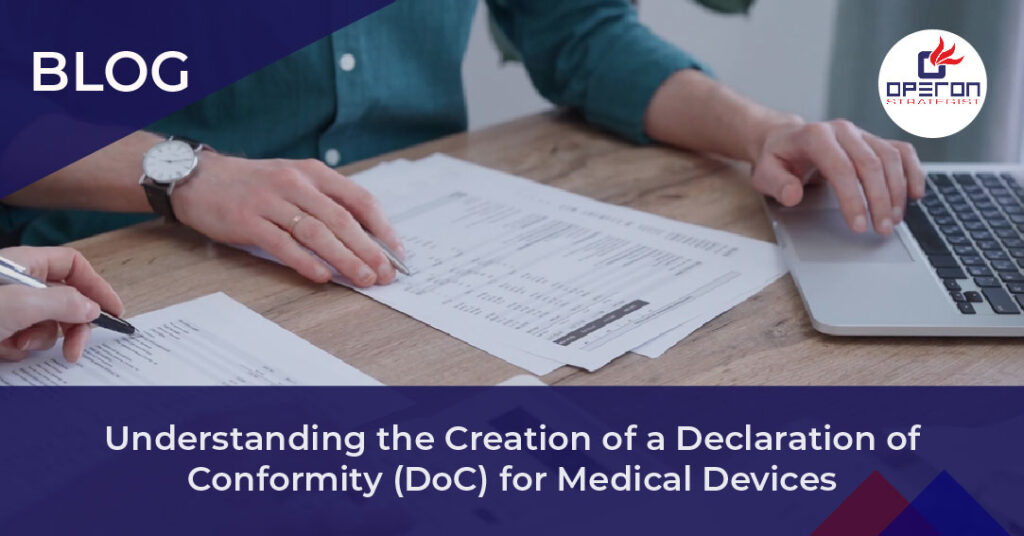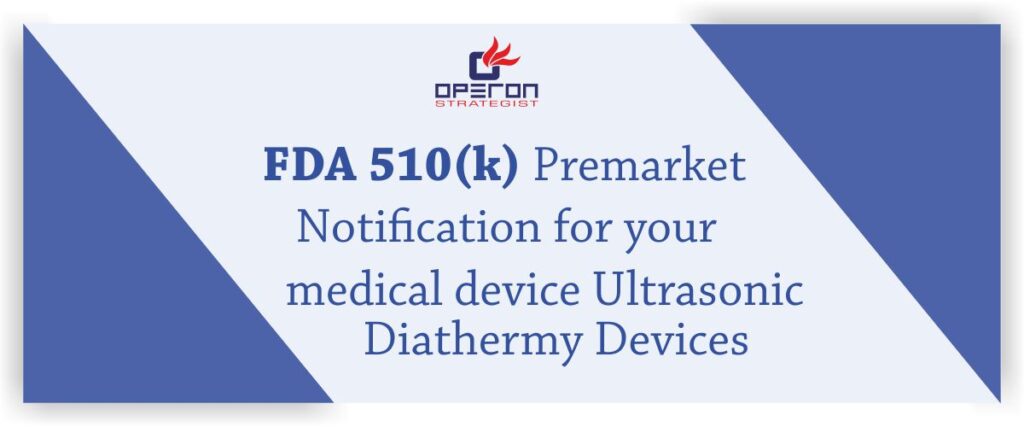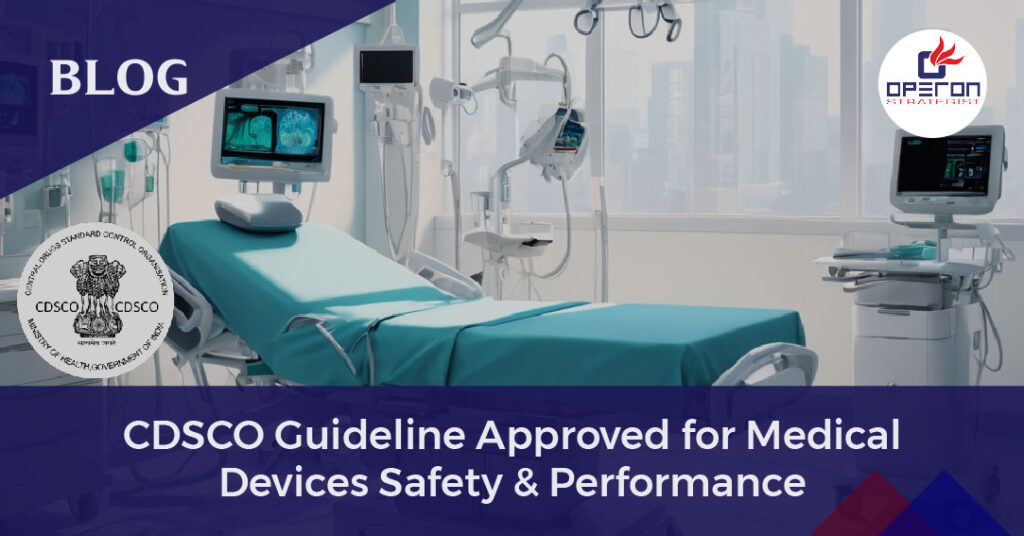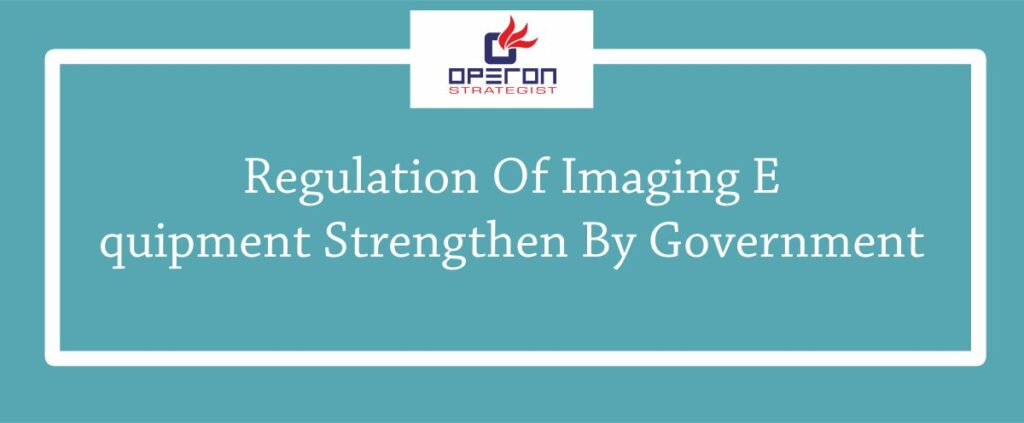Overview of Declaration of Conformity
Creating a Declaration of Conformity (DoC) is a critical step for medical device manufacturers when entering the European market under the Medical Device Regulation (MDR). While this document might seem like just another formality, it holds legal weight as it confirms that the device complies with all applicable EU regulations. Understanding the components and requirements of a DoC is essential for ensuring compliance and avoiding potential pitfalls that could delay market entry.
Obtain professional consulting services for CE marking of medical devices.
Looking For a Medical Device Regulatory Consultant?
What Is the Declaration of Conformity?
A Declaration of Conformity is a legal document created and signed by the manufacturer to certify that their medical device meets all applicable requirements of the MDR. It serves as a formal declaration that the device complies with the safety, health, and environmental protection standards set forth by the European Union. Any misstep in creating this document can result in legal repercussions, making it crucial for manufacturers to get it right.
Key Components of a Declaration of Conformity (DoC)
The DoC must include several essential elements to ensure it is complete and compliant with regulatory requirements:
1. Manufacturer’s Information
The DoC must clearly state the manufacturer’s name and address. This ensures transparency and accountability, as the manufacturer is responsible for the safety and performance of the medical device.
2. Device Identification
The device must be identified with a detailed description, including its intended purpose and classification. Accurate device identification is crucial to ensure that the DoC covers the correct product, and any errors here could invalidate the entire document.
3. Conformity Assessment Procedure
The manufacturer must reference the conformity assessment procedure followed. Depending on the class of the device, different conformity assessments may be required, such as self-assessment or assessment by a Notified Body.
4. Harmonized Standards and Common Specifications
The DoC must list the harmonized standards and common specifications that the device complies with. These standards ensure that the device meets the essential health and safety requirements outlined in the MDR.
5. Notified Body Involvement (if applicable)
For higher-risk devices, a Notified Body is often involved in the conformity assessment process. In such cases, the name and identification number of the Notified Body must be included in the DoC.
6. Legal Compliance Statement
The manufacturer must declare that the device complies with relevant EU legislation. This statement serves as a legal guarantee that all regulatory requirements have been met.
7. Authorized Signatory
The DoC must be signed by a person authorized to act on behalf of the manufacturer. The signature should include the individual’s name, position, date, and place of issue. This demonstrates the manufacturer’s legal commitment to the content of the declaration.
Why the Declaration of Conformity Matters
The Declaration of Conformity is not merely a paperwork exercise; it has significant legal implications. This document acts as the manufacturer’s pledge that their device adheres to the MDR requirements. Should any inaccuracies be found, manufacturers may face penalties, product recalls, or even bans on selling the device in the EU market. Therefore, it is essential that manufacturers carefully review and update their DoCs to reflect the most current status of their devices.
Role of Operon Strategist in Creating the Declaration of Conformity
Navigating the complexities of MDR compliance, especially when creating a Declaration of Conformity, can be overwhelming. This is where Operon Strategist, a leading medical device consultancy firm, assists. With years of expertise in regulatory compliance, turnkey project management, and QMS implementations Operon Strategist ensures that manufacturers adhere to the stringent requirements of the MDR, helping to avoid costly delays and compliance issues.
Here’s how Operon Strategist supports manufacturers:
- Guidance on Conformity Assessment Procedures: Operon Strategist advises manufacturers on the most appropriate conformity assessment procedure for their device class, ensuring that all regulatory bases are covered.
- Document Preparation: From assembling the correct harmonized standards to drafting the legal compliance statements, Operon Strategist assists in preparing a complete and accurate DoC.
- Notified Body Coordination: For devices requiring Notified Body involvement, Operon Strategist manages the communication and coordination to ensure smooth and timely assessments.
- Ongoing Compliance: Operon Strategist helps manufacturers maintain up-to-date DoCs, reflecting any changes in device specifications or regulatory standards.
With a comprehensive understanding of EU MDR requirements and a commitment to regulatory excellence, Operon Strategist simplifies the compliance process for medical device manufacturers, helping them bring their products to the EU market swiftly and confidently.
Creating a Declaration of Conformity is vital in ensuring that your medical device complies with the MDR and can legally be sold in the EU. Manufacturers can avoid legal issues and market delays by including all necessary elements and ensuring accuracy. With the guidance and expertise of Operon Strategist, manufacturers can streamline the process and ensure compliance, allowing them to focus on innovation and market success.




